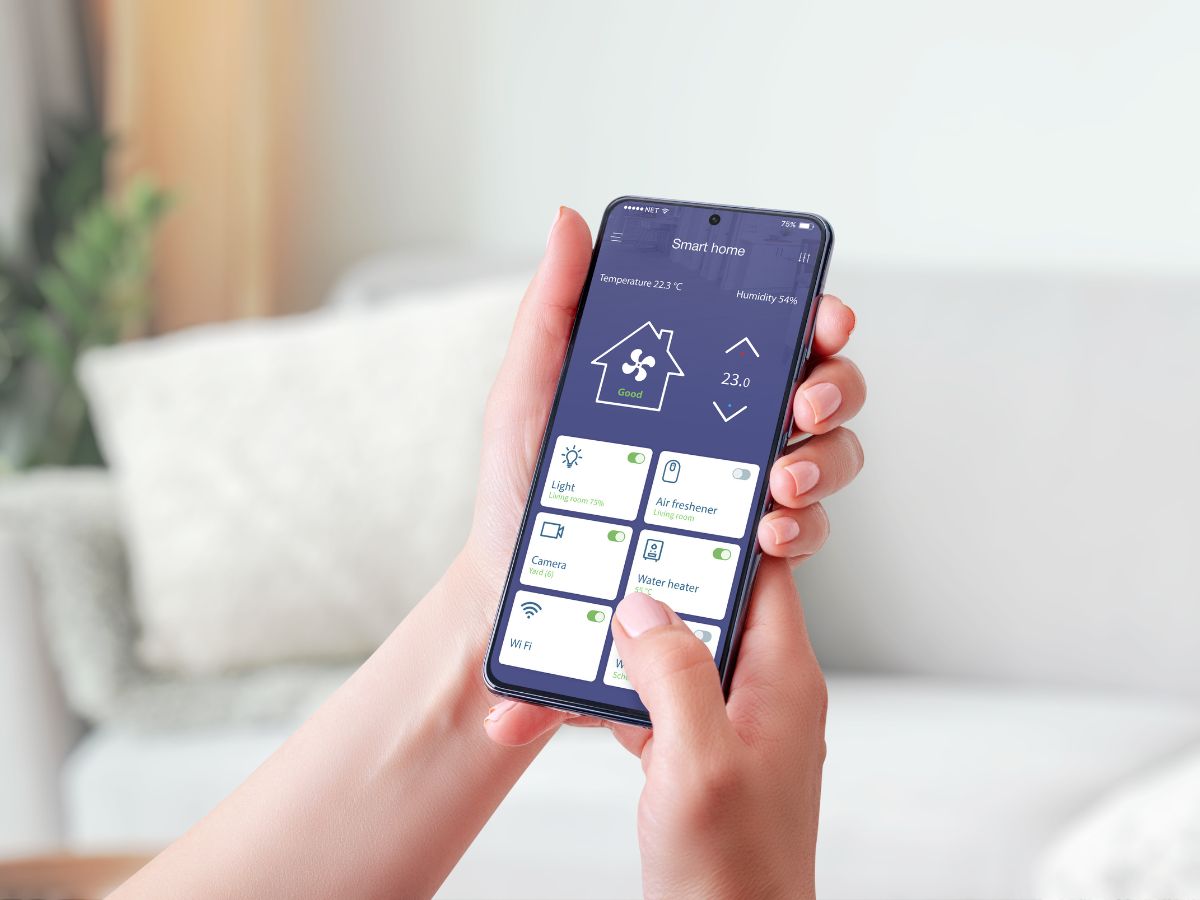Renovating your home is an exciting opportunity to enhance comfort, functionality, and style. For homeowners on the NSW south coast, it’s also the perfect chance to make your home more energy efficient. With rising energy costs and a growing focus on sustainability, incorporating energy-efficient designs into your renovation plans can help you save money while reducing your environmental impact.
Here’s how you can design an energy efficient home tailored to NSW’s unique climate and lifestyle.
Understand Your Climate
Our diverse climates – from the tropical north to the cooler southern regions – mean that energy efficient solutions vary widely across the country. The first step is to understand the climate zone in our region and researching the best practices for energy efficiency in your area.
For example:
- In warmer climates, focus on keeping your home cool by incorporating features like shaded windows, reflective roofing materials, and cross-ventilation.
- In cooler regions, prioritise insulation and passive solar heating to retain warmth during winter.
Tailoring your design to your local conditions ensures that your efforts yield the best results.
Maximise Natural Light and Ventilation
Strategic use of natural light and ventilation can significantly reduce your reliance on artificial lighting and air conditioning. Consider:
- Orienting your home: Place living areas with larger windows on the north-facing side to capture natural light throughout the day.
- Adding skylights: These are ideal for rooms without direct access to external windows, such as bathrooms or hallways.
- Cross-ventilation: Design openings like windows and vents to encourage air to flow naturally through your home, keeping it cool in summer.
Investing in double-glazed windows can also help insulate your home, keeping it warm in winter and cool in summer.
Insulation and Sealing
Insulation is one of the most effective ways to improve energy efficiency. Insulate your walls, ceilings, and floors to minimise heat transfer, keeping your home comfortable year-round.
Additionally, seal gaps around doors, windows, and other openings to prevent draughts. A properly sealed home retains heat during winter and keeps cool air in during summer, reducing the strain on your heating and cooling systems.
Invest in Energy Efficient Appliances
When renovating, consider upgrading to energy efficient appliances and systems. Look for products with a high star rating under Australia’s Energy Rating Label scheme. This applies to:
- Heating and cooling systems
- Hot water units (solar hot water systems are a particularly sustainable choice)
- Lighting (opt for LED bulbs, which use significantly less energy than traditional options)
Although these may require a higher upfront cost, the long-term savings on energy bills make them a worthwhile investment.
Sustainable Materials and Construction Techniques
Choose sustainable building materials wherever possible. These include recycled or sustainably sourced timber, bamboo, and eco-friendly concrete alternatives. Such materials have a lower environmental impact and can contribute to better thermal performance.
You can also adopt construction techniques that improve energy efficiency, such as using thermal mass materials like brick or concrete to absorb and retain heat in winter.
Install Renewable Energy Systems
Australia’s abundant sunshine makes solar power an excellent option for many homeowners. Installing solar panels can significantly reduce your reliance on the grid, and battery storage systems allow you to store excess energy for use at night or on cloudy days.
Check for government rebates or incentives in your state to make solar installations more affordable.
Smart Home Technology
Modern technology can help you monitor and manage energy usage with ease. Smart thermostats, lighting systems, and energy management apps allow you to control and optimise energy use in real time.
For example, you can schedule heating to turn on just before you wake up, or set lights to switch off automatically when you leave a room.
Landscaping for Efficiency
Energy efficiency isn’t limited to the home’s interior. Thoughtful landscaping can also contribute to reduced energy consumption:
- Shade trees: Plant deciduous trees around your home to block summer sun while allowing winter sunlight to warm your home.
- Green roofs or walls: These provide natural insulation and reduce heat absorption.
- Drought-tolerant plants: These reduce water consumption and maintenance needs, especially in arid climates.
Plan for the Future
As you renovate, think ahead. Incorporating flexible designs allows you to adapt your home to future needs, such as advancements in energy-efficient technology or changing family requirements.
The Benefits of Energy-Efficient Design
By prioritising energy efficiency in your renovation, you can:
- Lower energy bills
- Reduce your carbon footprint
- Increase your home’s value
- Enhance year-round comfort
Energy efficient homes aren’t just good for the environment – they’re also a smart investment in your family’s future.
Start your renovation journey today and make your home a model of sustainability and comfort.
Ready to see how to make your home more energy efficient?
Call our experienced team to discuss your renovation plans.

